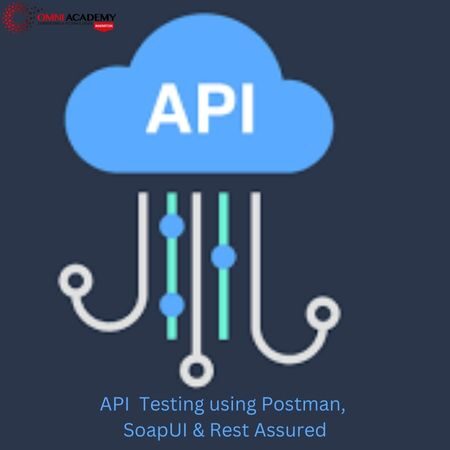R12 Oracle E-Business Suite Fundamentals
R12.2 Oracle E-Business Suite Fundamentals Ed 1 training helps you build a functional foundation for any E-Business Suite Fundamentals course. It’s ideal for those who have implemented Oracle E-Business Suite Release 12.x
Benefits to You:
Get a sound understanding of Oracle E-Business Suite, including navigation, key business flows, functionality, and integration points between products. Smoothly implement and start using the applications, so that your organization can quickly realize the full value of Oracle E-Business Suite.
- Features & Benefits of Oracle Workflow
- Use the Workflow Monitor to monitor a Workflow to completion.
- Describe Alerts and test a Periodic Alert.
- Describe the features of Oracle Business Intelligence (OBI) Applications.
Course Content:
Oracle E-Business Essentials for Implementers: Overview
Objectives
Course purpose
More help about documentation and other resources
OU courses
Summary
Navigating in Oracle Applications
Logging into and logging off from Oracle Applications
Accessing Responsibilities
Using forms & menus
Data Flow Across Oracle Applications
Entering data using forms
Retrieving, Editing and Deleting records
Accessing Online Help
Running reports and programs
Introduction to Oracle Applications
Introduction to R12.1 Footprint
Benefits of R12.1 Footprint
R12.1 E-Business Suite Architecture
Basic Technical Architecture
Overview of Oracle file system and directories
Brief Overview/Introduction about Oracle E-Business Suite Integrated SOA Gateway
Fundamentals of System Administration
Application Security Overview
Function Security
Data Security
Profile Options
Standard request submission (SRS)
Fundamentals of Flexfields
Basics of Flexfields
Define Value sets
Define Key Flexfields
Define Descriptive Flexfields
Planning Decisions
Flexfield Enhancements
Shared Entities and Integration
Shared entities and non-key shared entities
Overview of E-Business Suite business flows and integration
Fundamentals of Multiple-Organization and Multiple-Organization Access Control (MOAC)
Introduction to Multiple-Organization and Multiple- Organization Access control (MOAC)
Types of organizations supported in the Multi-Org model
Multiple-Organization Access Control Setup and Process
Reporting across entities
Key Implementation considerations
Fundamentals of Oracle Workflow & Alerts
Overview of Workflow
Oracle Workflow Home Pages
Worklist WebPages
Workflow Monitor WebPages
Overview of Alerts
Difference between Workflow & Alerts
Oracle Business Intelligence (OBI) Applications: Overview
Oracle BI Applications: Overview
Oracle BI Applications: Multisource Analytics
Application Integration: Security
Application Integration: Action Links
Guided Navigation
Deployment Options
Final Project
International Student Fee : 500$
Job Interview Preparation (Soft Skills Questions & Answers)
- Tough Open-Ended Job Interview Questions
- What to Wear for Best Job Interview Attire
- Job Interview Question- What are You Passionate About?
- How to Prepare for a Job Promotion Interview
???? Your FREE eLEARNING Courses (Click Here)
Internships, Freelance and Full-Time Work opportunities
Flexible Class Options
- Week End Classes For Professionals SAT | SUN
- Corporate Group Trainings Available
- Online Classes – Live Virtual Class (L.V.C), Online Training
Related Oracle Courses
Oracle Techno Functional Consultant – Oracle Apps R12
Oracle Financials Cloud: General Ledger Implementation Essentials – 1Z0 960
Oracle Financials Cloud: Receivables Implementation Essentials – 1Z0 962
Oracle Financials Cloud: Payables 2017 Implementation Essentials – 1Z0 961
Oracle E-Business Suite: R12 HCM/ HRMS Complete Course
Oracle E-Business Suite: R12 Financials Complete Course
Oracle E-Business Suite: R12 Supply Chain Complete Course
Oracle BI 11g : OBIEE – Build Repository
Oracle BI 11g : OBIEE – Create Analyses and Dashboards
Oracle Forms Developer Course – Build Internet Applications
Oracle E-Business Suite: R12 Applications Admin – DBA
Oracle Database Admin 11G DBA – OCP | OCA
[/vc_column_text]







